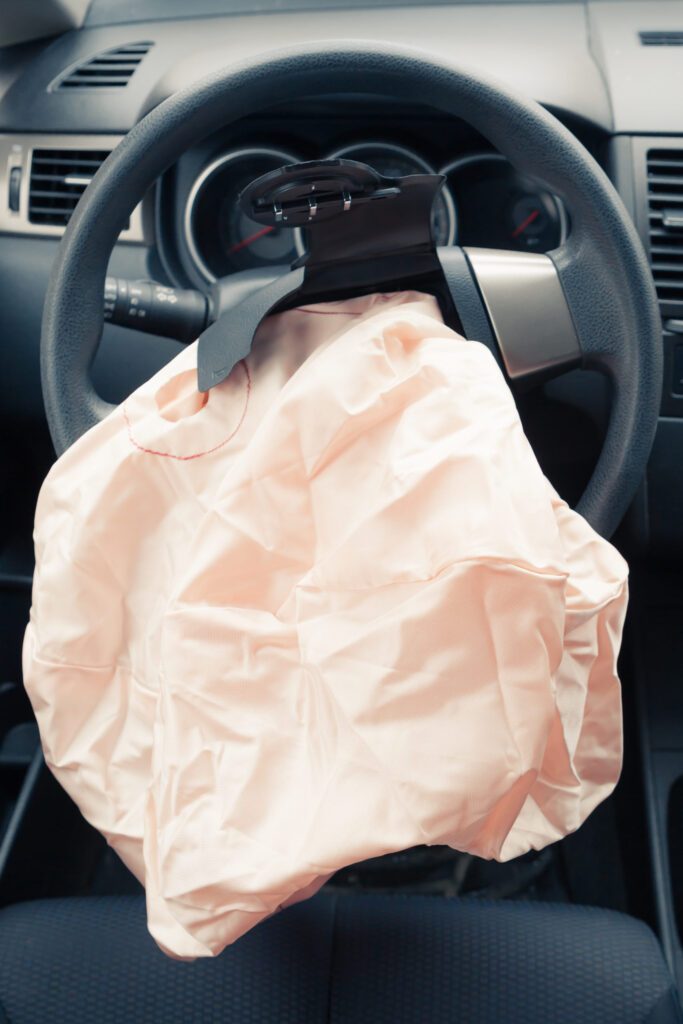Child Passenger Safety Week is just under two weeks away – September 18-24 – so we’re providing some helpful information for parents, guardians and caregivers of young children. Many people do not realize that the number one cause of death for children between the ages of 1 and 13 is automobile accidents.
A 2012 study revealed a total of 121,000 crash-related injuries occurred in children 13-years-old and younger. Tragically, at least one out of every three of those children were not restrained. Car seats and booster seats prevent serious injuries to children every day, a reduction of as much as 71% in infants before their first birthday. These seats can be a hassle and many children feel that they no longer need a booster once they reach a certain age, but keeping a child in a booster or car seat for as long as possible maximizes their safety. A child is involved in an auto accident every 34 seconds, so make sure your child is buckled appropriately at all times.
Not only is securing a child important, but using the appropriate seat is imperative. Size and age are the most obvious factors to use when fitting a child for a safety seat. Infants one-year-old and less should be in a rear-facing car seat at all times, without exception. Many convertible car seats allow for longer rear-facing time as well. Try not to move your child to a forward-facing seat until they have reached the top height or weight limit allowed by the safety seat manufacturing company. At the age of four, children should be in a forward-facing car seat equipped with a harness and tether. Once your child has outgrown the forward-facing harnessed car seat, a booster seat can be used. Booster seats are important for children until they are large enough for a standard seat belt to fit them properly. The lap belt must fit snugly across the upper thighs – if it rests on the stomach, the child is too small. The shoulder belt must extend across the chest and shoulder – if it crosses the face or neck your child should still be in a booster seat. Regardless of the type of seat used, no child should be allowed to ride in the front seat of a vehicle until they are at least 13-years-old.
If you are unsure about the car or booster seat size needed for your child, the final day of Child Passenger Safety Week, September 24, is National Seat Check Saturday. This promotes local area events where professionals will check your car seat and your child for appropriate fit. Safe Kids Cobb County is a local Marietta program that provides Car Seat Checks on a regular basis.
Categories: Airbag Safety



